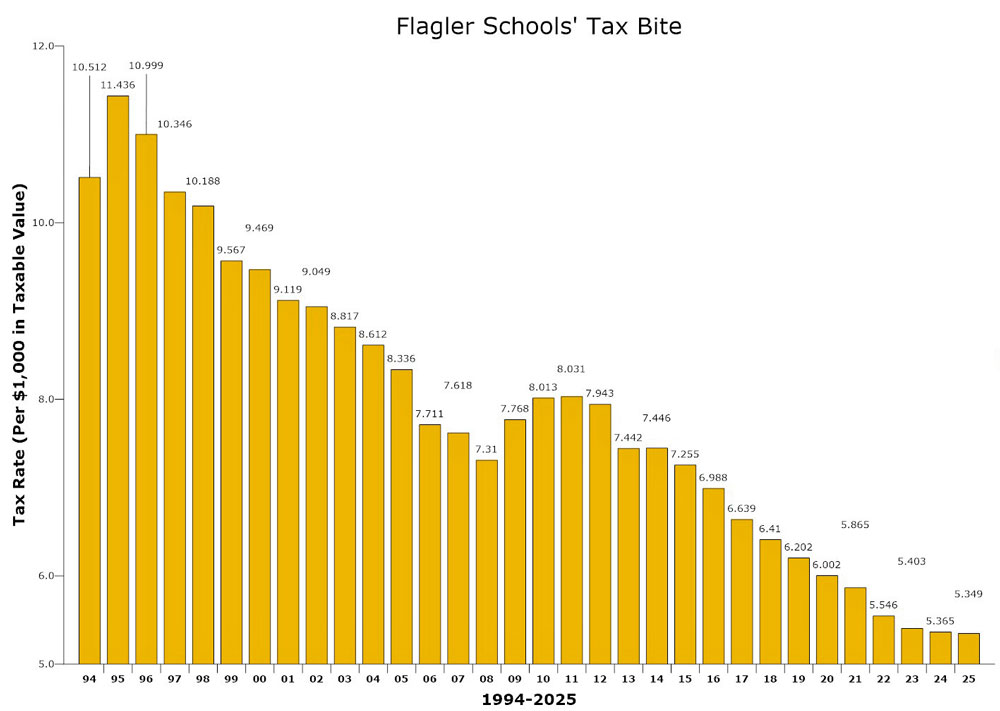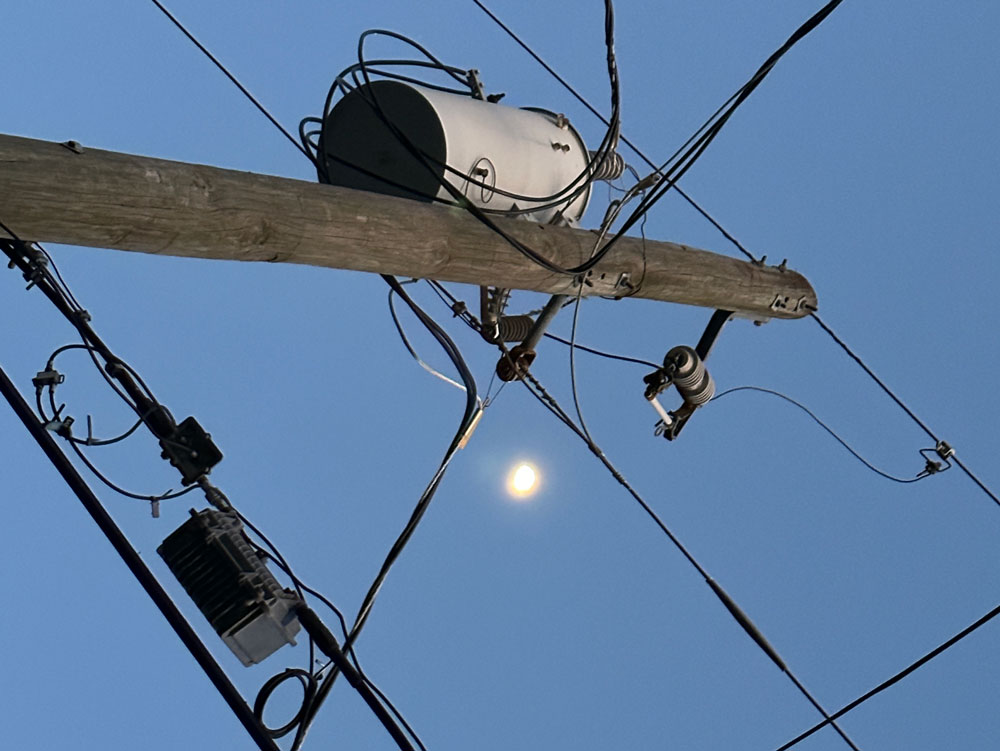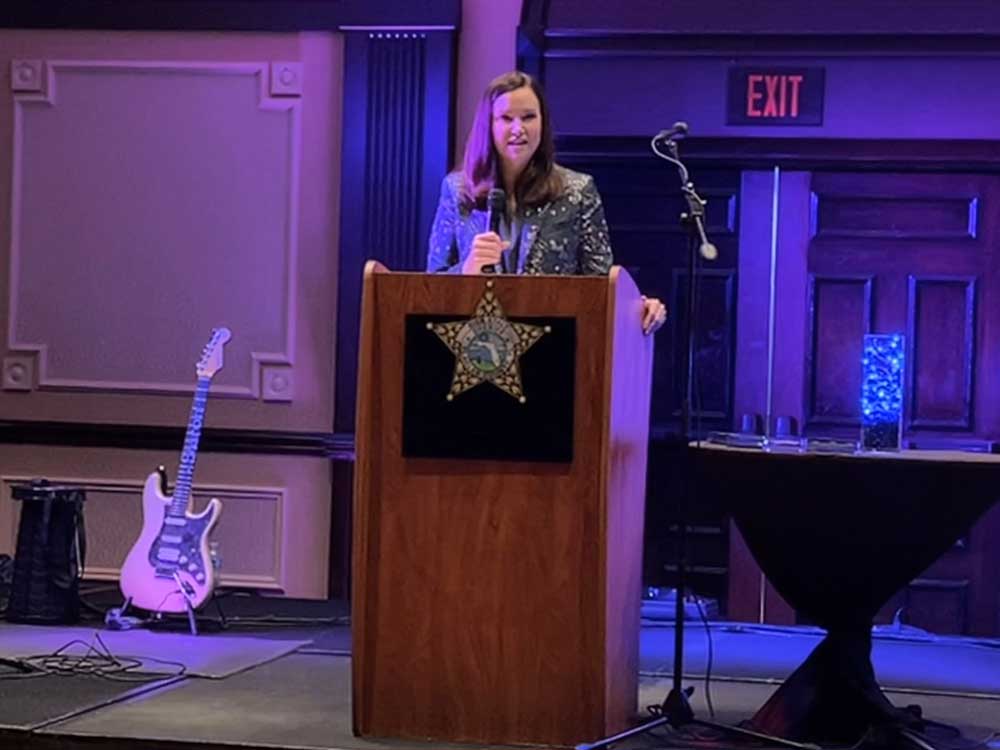In a 15-minute meeting this evening, the Flagler County School Board approved the tentative school property tax for the upcoming fiscal year. This is a little decrease from the previous year and continues a 20-year trend of lowering the school tax rate annually, with the exception of the three years during the Great Recession.
The tax rate cannot be established by the local school board. State legislators set it. The local school board may not change it; they are forced to ratify it. Regarding the property tax, Patty Wormeck, the chief of the district’s finance department, stated, “We are the only taxing authority that does not set our own millage.” The state provides us with that millage, and we are informed of it annually.
There was no public comment on the meeting because, except from a few staff members, the chamber was empty. However, board member Janie Ruddy drew attention to the contradiction between declining tax rates and local needs, as well as between the expansion of voucher public funding for private education at the expense of public schools. The board’s chair, Will Furry, retorted with a voucher defense.
We lose financing and economies of scale as public school enrollments drop as a result of the change, but we still need to maintain staffing, facilities, and activities for the remaining students, Ruddy added. This isn’t more effective. Over time, the cost to the taxpayer actually increases. This scheme, which is promoted as parental choice, uses enormous sums of public funds to support a decision that was never in jeopardy. Private education has always been an option for parents, and in more recent years, homeschooling has also become an option.
According to Furry, the expansion of vouchers demonstrates that the school choice program is effective for parents and that public schools are no longer the only option. As an organization, it is our responsibility to convince them that we are the best option. (Of course, charter and private schools flourished long before vouchers, so public schools have never been the monopoly.) “I think we are the best option in Flagler, and I think parents will realize that over time,” he added.
Ruddy was worried about how the district could compete on an unfair playing field, particularly since the district is legally obligated to provide a wide range of services and activities, fulfill accountability benchmarks, and meet specific standards—none of which are necessary for schools receiving voucher subsidies. That disparity was not addressed by Furry.
For a $200,000 home with a $25,000 exemption, the approximate rate is $5.349 per $1,000 of taxable property value, or $936. (The school tax only exempts the first $25,000, but you are exempt from all other local government taxes up to $50,000.) In comparison to the current rate of $5.365, it represents a $3 save.
Therefore, even though our values are increasing, we are not reaping the benefits. According to Wormeck, the state balances it out.
The state bears the lion’s share of the tax rate. An additional 28% of the tax rate generates cash for the district’s capital needs (almost $29 million in the upcoming year), and another 14% generates discretionary revenue for the district—money that is not transferred to Tallahassee for redistribution.
At the hearing this evening, Wormeck presented the $163 million budget. The number is misleading. It includes $17.1 million that the state is directing through the district, which will be given to over 2,000 students in vouchers that will help pay for tuition at private or parochial schools or to families who choose to homeschool. Voucher families who choose to enroll in the district’s a-la-carte programs will not receive any of that money, with the exception of a few dollars here and there.
Wormeck stated, “You can see how those numbers have drastically increased since 2021.” This is undoubtedly having an effect on every Florida school system.
In 2020–21, there were just 136 of these students. Because the program, known as the Family Empowerment Scholarship, was expanded without prior limits like income, the number increased to 798 in 2023–2024 and then doubled to 1,600 last year. Individual vouchers of $8,000 per student, with additional funds available for students with specific needs, are now available to even millionaire families.
It is anticipated that 1,926 kids will participate in the upcoming school year, which will reduce the district’s enrollment.
Wormeck’s presentation contains a misleading enrollment graph that, only because it includes voucher children, indicates a three-year increase in district enrollment. The district has tried to hide its dwindling enrollment in a number of ways, but never so obviously. Wormeck clarified that the state combines all of the pupils in a district together when determining the voucher share.
The Trump Administration has frozen federal payments, so last week the board was drafting contingencies in a budget that would have been denied those dollars. Late last week, the administration made them available, sparing a number of neighborhood initiatives that mostly assist youngsters from disadvantaged backgrounds.
![]()











